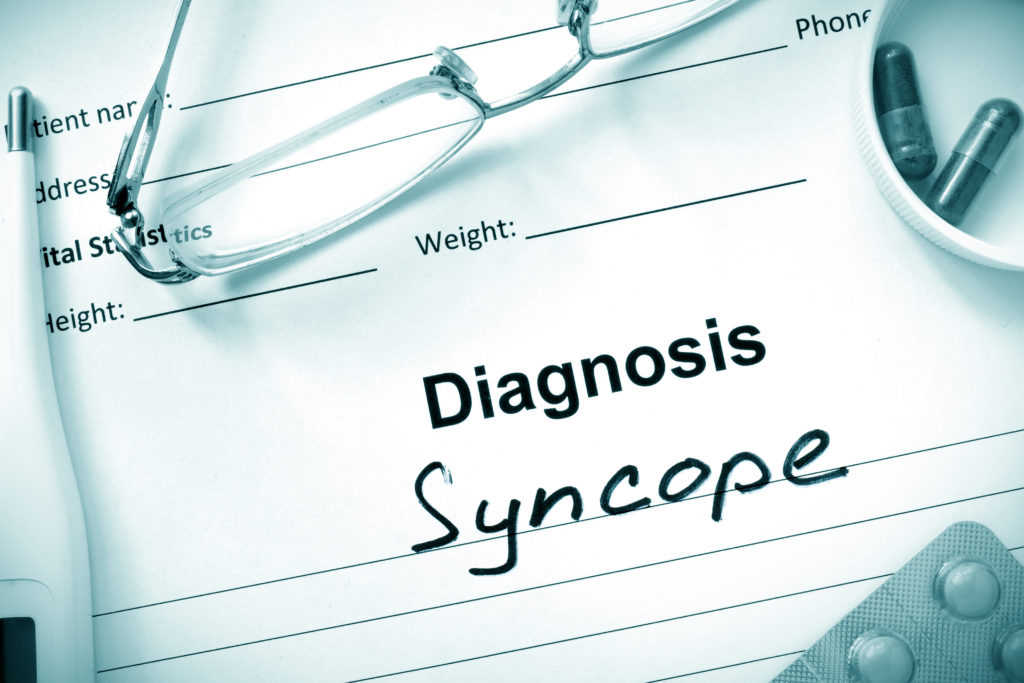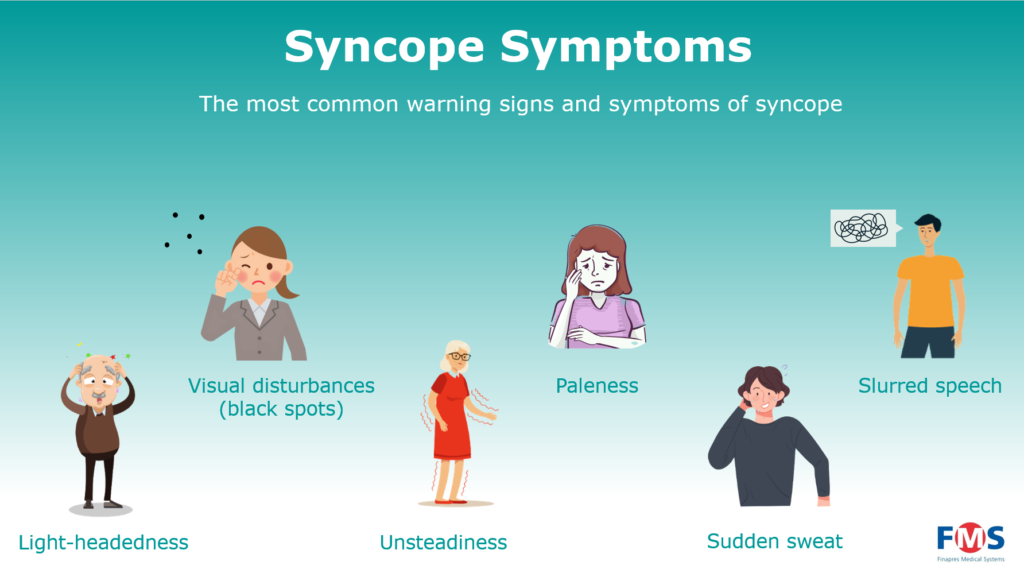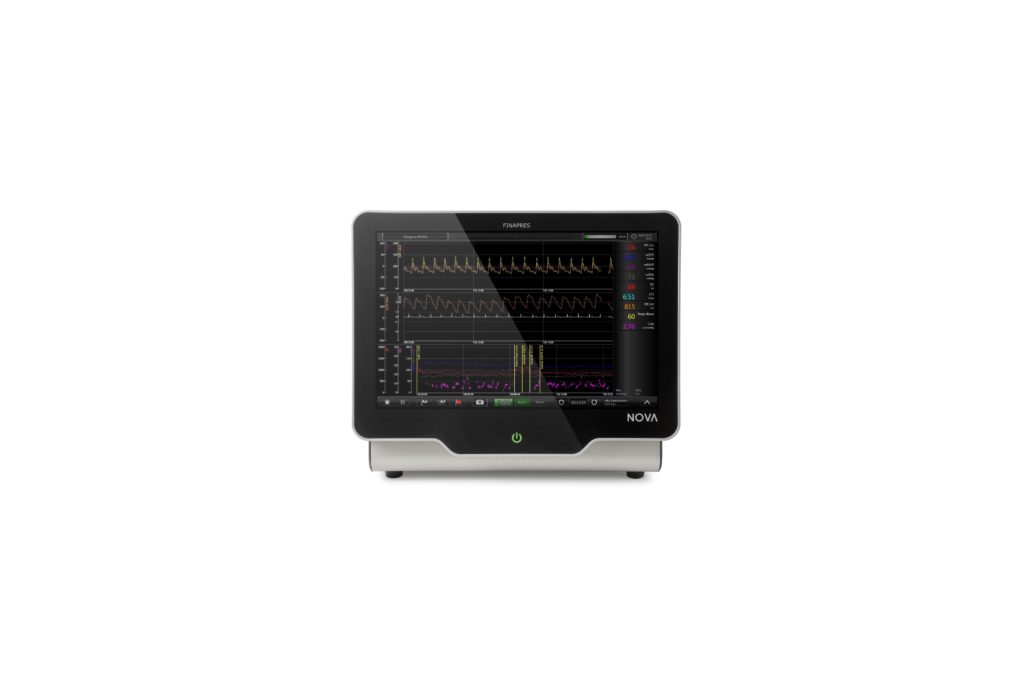Syncope or fainting
What is syncope? Why do people faint? What are the most common warning signs and symptoms of syncope? How does continuous blood pressure monitoring facilitate the syncope diagnosis? Read all about it in this blog post.
What You Need to Know About Syncope or Fainting
Date: 7th January 2021 Reading time: 3-4 mins.

What is Syncope?
Syncope, also known as ‘fainting’ or ‘passing out’, is a transient loss of consciousness (TLOC) due to a temporary drop in blood flow to the brain. Syncope is characterized by a rapid onset, short duration and spontaneous complete recovery [1].
Syncope is more common than you might think! About 30-40% of all people will faint at least once in their life, and syncope is the reason for 1-3% of all visits to emergency departments and hospital admissions [2].
It can happen at any age, including childhood, though fainting happens more frequently in:
- Young adults, most often females
- Elderly (> 60 years), with comparable fainting rates for males and females
Why Do People Faint?
People can faint for several reasons. The three main groups of syncope [1] are:
- Reflex syncope. Three subtypes are vasovagal syncope, situational syncope, and carotid sinus hypersensitivity.
- Cardiac syncope. This can be caused by an arrhythmia or a structural heart disease.
- Orthostatic hypotension (OH): an abnormal large drop in blood pressure upon standing.
What are the Most Common Warning Signs and Symptoms of Syncope?
Dizziness, visual disturbances (eg “seeing black spots”), unsteadiness, having a pale skin, abdominal discomfort (nausea), and sudden sweat are common symptoms and warning signs of syncope [3].

How does Continuous Blood Pressure Monitoring Facilitate the Syncope Diagnosis?
There are different methods that facilitate cardiologists and neurologists in the diagnosis of syncope in the autonomic testing lab. The initial syncope evaluation consists of careful history taking, physical examination, including supine and standing BP measurements, and electrocardiogram (ECG) [1].
As syncope often occurs very quickly, patients have sudden changes in their hemodynamics, including blood pressure and heart rate deviations. Autonomic function assessment helps to identify autonomic failure as the underlying cause of syncope [1]. Commonly performed tests in this setting are the Active Stand test, Head-Up Tilt (HUT) test, Valsalva test, and Deep Breathing test [1, 4]. Such autonomic function tests require continuous blood pressure and ECG monitoring to study the cause of syncope.
Therefore, continuous non-invasive blood pressure monitoring can be an effective method to support the diagnosis of syncope!
The Finapres® NOVA is a cutting-edge hemodynamic monitoring system that supports various important autonomic tests such as the tilt table test and active stand test. The Finapres software packages
support the physician in finding the cause of syncope!
Are you interested in learning more about syncope?
Watch this webinar “Cardiovascular Autonomic Testing Revisited” with an educational presentation from cardiologist Dr. A. Fedorowski from Lund University (Sweden)!
Visit the Syncopedia website, this is a Free Open-Access Medical education website aimed at students, residents, nurse specialists, and physicians who want to learn more about syncope.
References
[1] Brignole, M. et al. “2018 ESC Guidelines for the diagnosis and management of syncope.” European heart journal 2018
[2] Kenny RA et al. “Epidemiology of syncope / collapse in younger and older Western patient populations.” Progress in cardiovascular diseases 2013
[3] https://www.syncopedia.org/syncope-e-learning-modules/
[4] Thijs, Roland D., et al. “Recommendations for tilt table testing and other provocative cardiovascular autonomic tests in conditions that may cause transient loss of consciousness.” Autonomic Neuroscience 2021




